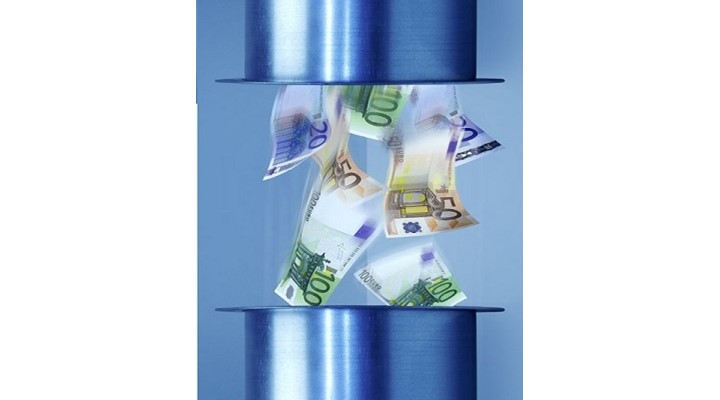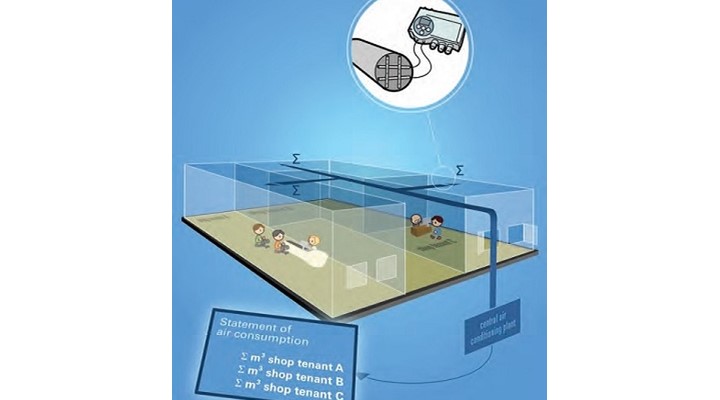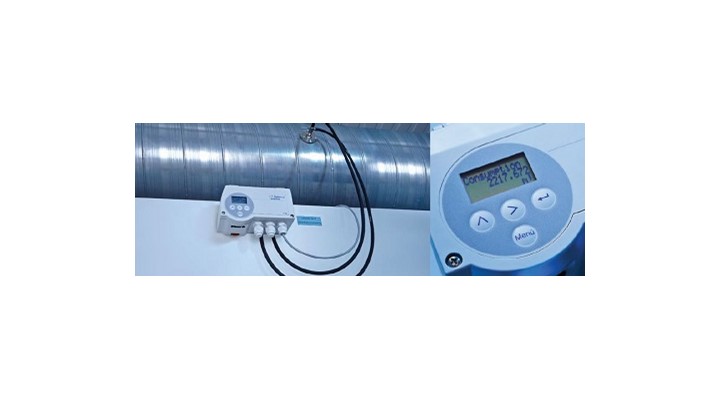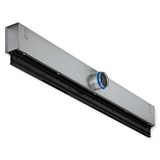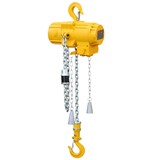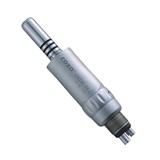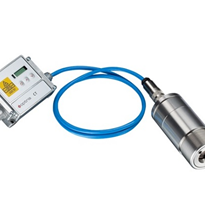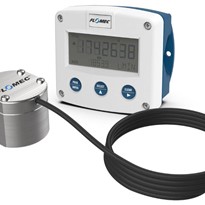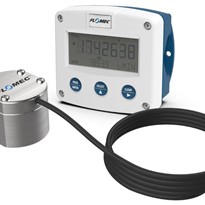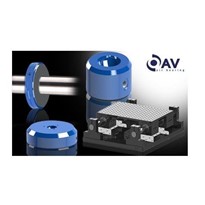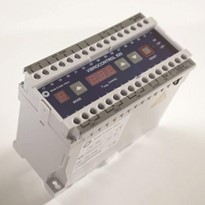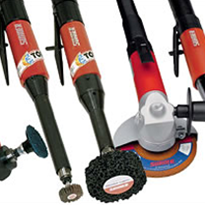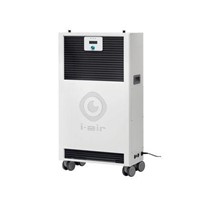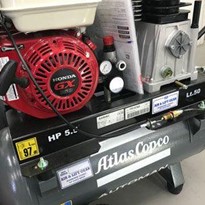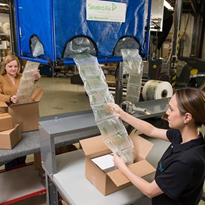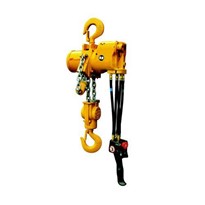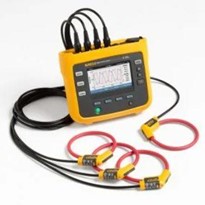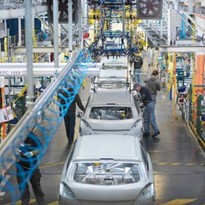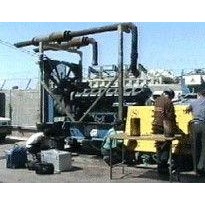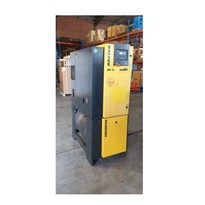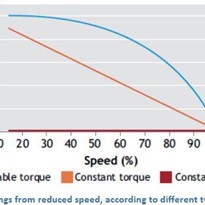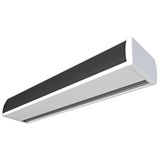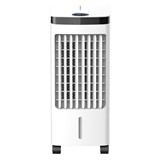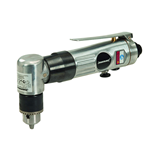This is likewise true of investment companies, real estate developers and other players in asset management. Heat energy consumption is also closely examined in the reports.
On the other hand, the issue of air consumption in air conditioning systems only very rarely shifts into focus.
The following figures show that the aims of "green building" and "building sustainability" most assuredly warrant an additional focus on ventilation and air conditioning systems:
- About 25,000 buildings in Germany have (at least) one air conditioning or ventilation system.
- About 400,000 ventilation and air conditioning systems altogether are installed.
- The total area of these air conditioned buildings is about 350 million square metres.
- The total ventilation and air conditioning costs are about € 6 billion.
- The heating, cooling and flow of conditioned air generate an annual CO2 emission in Germany of about 18 million tonnes.
Nowadays, these noteworthy contributions to costs and the environment are only examined more closely in the rarest instances. Among other things, this is due to the fact that ventilation and air conditioning systems use other media to help them provide the desired temperatures and volume flows. This results in ventilation consumption being lumped together with the costs for power, water and heating and "disappearing":
- Air flow is produced by fans. They use electric power.
- Air conditioning requires refrigeration systems that consume electric power and which are monitored separately.
- Air is mainly heated via heating circuits, the costs of which show up in the "heating budget".
It is thus no exaggeration to describe ventilation costs as "hidden costs". In many buildings, there is no separate designation of these important cost components.
Ventilation costs are determined in other buildings by taking the deduction of investment costs, maintenance costs and pro rata power, water and heating costs into account. However, this total cost is then allocated to the individual tenants according to the percentage of real estate surface they have rented. Such an allocation by area is felt by many to be unfair. On the other hand, individual tenants do not have consumption transparency and thus have no incentive to save.
The fairness question is asked in particular by those commercial tenants who require less ventilation than their neighbours or who have few cooling loads per area because of the type of use or location in the building.
In the meantime, there is a remedy. Measuring technology manufacturer halstrup-walcher has now introduced the P26, an "air meter" that is installed right in the air entry duct of any leased area. Individual consumption is thus recorded in the same manner as an electricity or water meter.
The consumption values can be read directly on the meter. Moreover, they can also be transferred to a central metering point. The total ventilation costs can thus be distributed extremely easily – adapted for each tenant's share of consumption.
Along with the consumption-based invoice, recording air consumption also results in an effective saving incentive. As is generally known, displaying consumption leads to savings of 20-30 per cent – the experience of introducing consumption recordings (in heating for instance) demonstrates this.
In today's highly competitive building market, innovations are more crucial than ever. Ideally, these should be the kinds of innovations that simultaneously and sustainably lower costs and consumption and increase the property's attractiveness from the tenant's point of view.


